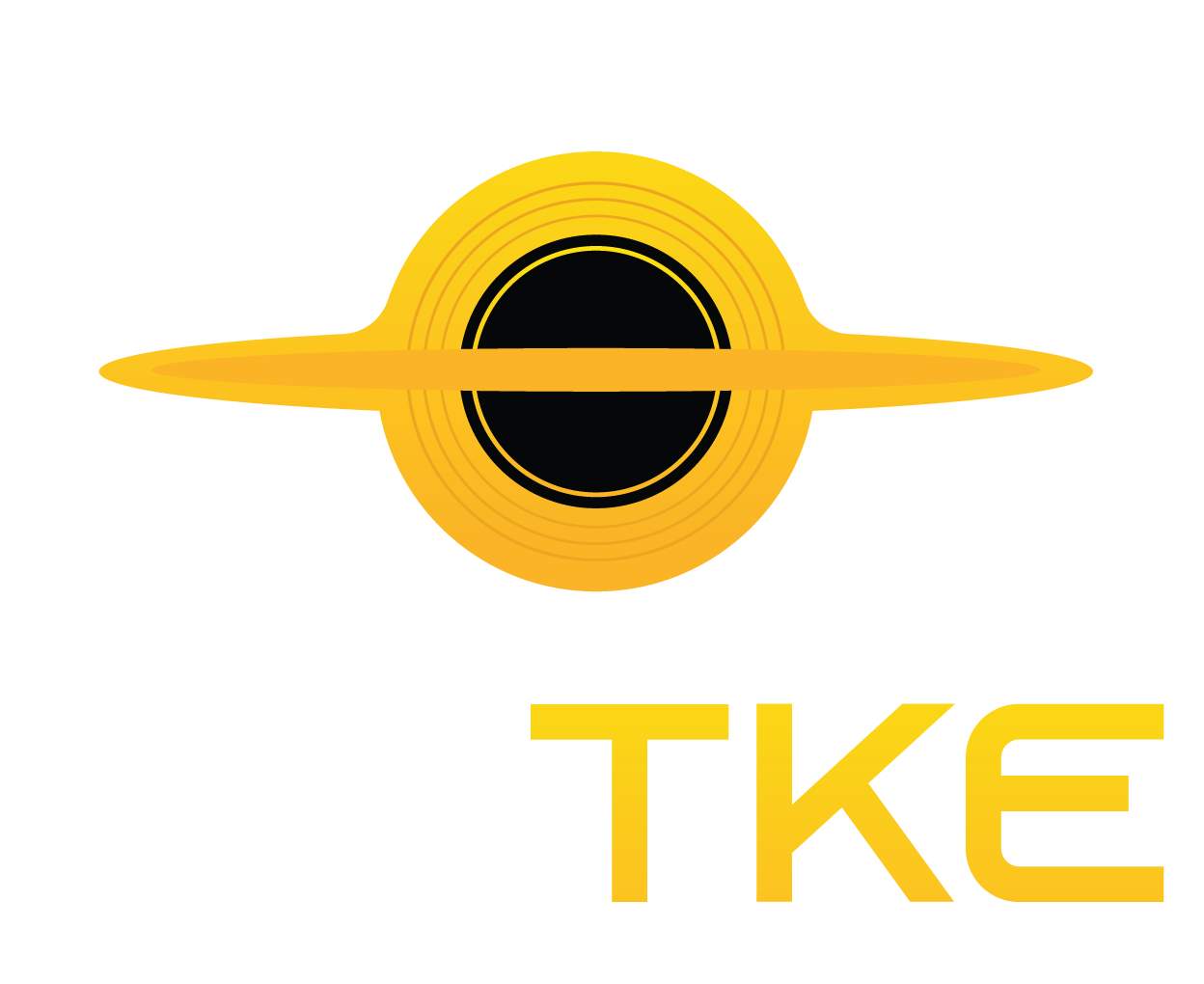World’s First Interactive 3D Holographic Display

Public University of Navarra
Remember that scene in Iron Man 2 where Tony Stark manipulates virtual 3D elements with his hands—moving, pinching, swiping, and tossing holograms through the air? That felt futuristic in 2010. But what about 2025?
While we’re not quite at Stark-level tech just yet, a team of Spanish engineers has made a big leap in that direction by creating the world’s first 3D hologram that you can actually touch and interact with.
The Challenge of Interacting with Traditional Holograms
Typically, holograms are created using swept volumetric displays, where images are projected at different heights almost 3,000 times per second onto a fast-moving surface called a diffuser. This creates a 3D image visible to the naked eye, no glasses or headsets required. The problem is, if you try to interact with one, you could injure yourself or damage the device.
To overcome this, Dr. Elodie Bouzbib of the Public University of Navarra and her team came up with a clever solution: elastic diffuser strips.
It sounds simple, but the team tested a variety of materials—everything from projector screen fabric to silicone—looking for the perfect combination of elasticity, durability, and optical quality. They eventually settled on something similar to regular elastic bands (though they didn’t disclose the exact type), and named the system FlexiVol.
Interacting with Holograms Using Familiar Gestures
With FlexiVol, users can control and manipulate holographic objects using gestures similar to those used on a touchscreen—swipe, tap, rotate, pinch, and more.

Public University of Navarra
Traditionally, interacting with a hologram or 3D space required a complex 3D mouse—accurate, yes, but far from user-friendly.
To prove FlexiVol’s effectiveness, the researchers conducted three tests with 18 participants, comparing the system to a 3D mouse in tasks like selecting objects, tracing shapes, and docking (placing one object inside another).
Participants were much faster at selecting with their fingers than with the 3D mouse. Tracing took about the same time for both methods, but FlexiVol produced significantly more accurate paths. In the docking task, FlexiVol clearly outperformed the mouse thanks to its intuitive “grab and place” interaction.
Next Steps: Improving FlexiVol with Advanced Technologies
Despite the small test group, the results were promising: 94% of users felt more confident in their completion times, and 67% believed they were more accurate using FlexiVol over the 3D mouse. Participants described the experience as more natural, more precise, and less frustrating.
Dr. Bouzbib says she plans to improve the system further with technologies like focused ultrasound or conductive threads to simulate haptic feedback—although many already find the tactile sensation of the elastic bands quite convincing.
Read the original article on: New Atlas
Read more: 3D Printing Can Currently Fabricate Customized Sensors For Robots, Pacemakers, And More










